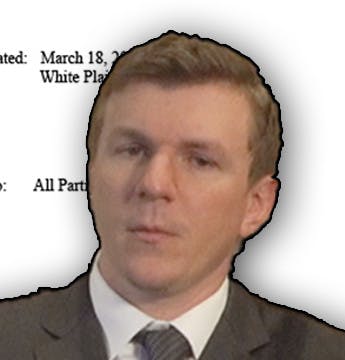
VIDEO: James O’Keefe Breaks Down BIG WIN Against The New York Times in Veritas Defamation Lawsuit – Explains Massive Media Ramifications for the Future
Key Points
The New York Times cited 52 sources including Wikipedia in its motion to dismiss our defamation lawsuit, in an attempt to claim that Project Veritas is “libel proof.”
The Gray Lady argued they could print whatever they want about Project Veritas, because Wikipedia and other media outlets said bad things about Veritas first.
New York Supreme Court disagreed: “Polling does not decide the truth nor speak to evidence, and Defendants have not met their burden to prove that the reporting by Veritas in the Video is deceptive.”
Justice Wood: “There is a substantial basis in law to proceed, to permit the plaintiff [Project Veritas], to conduct discovery, and to then attempt to meet its higher standard of proving liability through clear and convincing evidence of actual malice.”
The New York Times is “one of the largest newspapers in the world since Abraham Lincoln,” the ruling stated. And it’s “claiming protections from an upstart competitor [Project Veritas] armed with a cell phone and a web site.”
Judicial order denying New York Times’ motion to dismiss: “The [New York Times] Articles could be viewed as exposing Veritas to ridicule and harm… because the reader may read these news Articles… and conclude that Veritas is a partisan zealot group, deceptively editing video, and presenting it as news.”
The order continued: “Upon review of the total context and tone of the stories… the court concludes that a reasonable reader could very well believe that the challenged statements were conveying facts about Veritas.”
Constitutional Law Professor Jonathan Turley called the decision a “major victory” for Veritas: “I expect to be teaching this case next year in my torts class when we deal with defamation.”
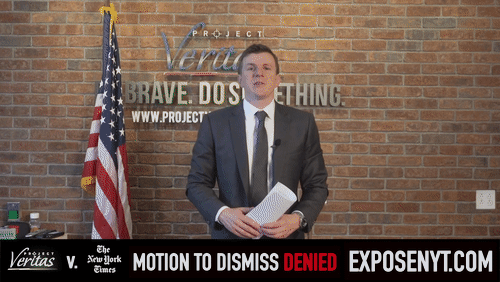
[WESTCHESTER, N.Y. – Apr. 5, 2021] Project Veritas founder and CEO James O’Keefe gave an update on the organization’s defamation lawsuit against the New York Times today, explaining how a recent court ruling could potentially flip the script on the mainstream media.
Justice Charles D. Wood wrote there is “substantial basis in law” for the suit to proceed, despite The New York Times citing Wikipedia as a source (along with various mainstream media outlets), to claim Project Veritas was “libel proof.”
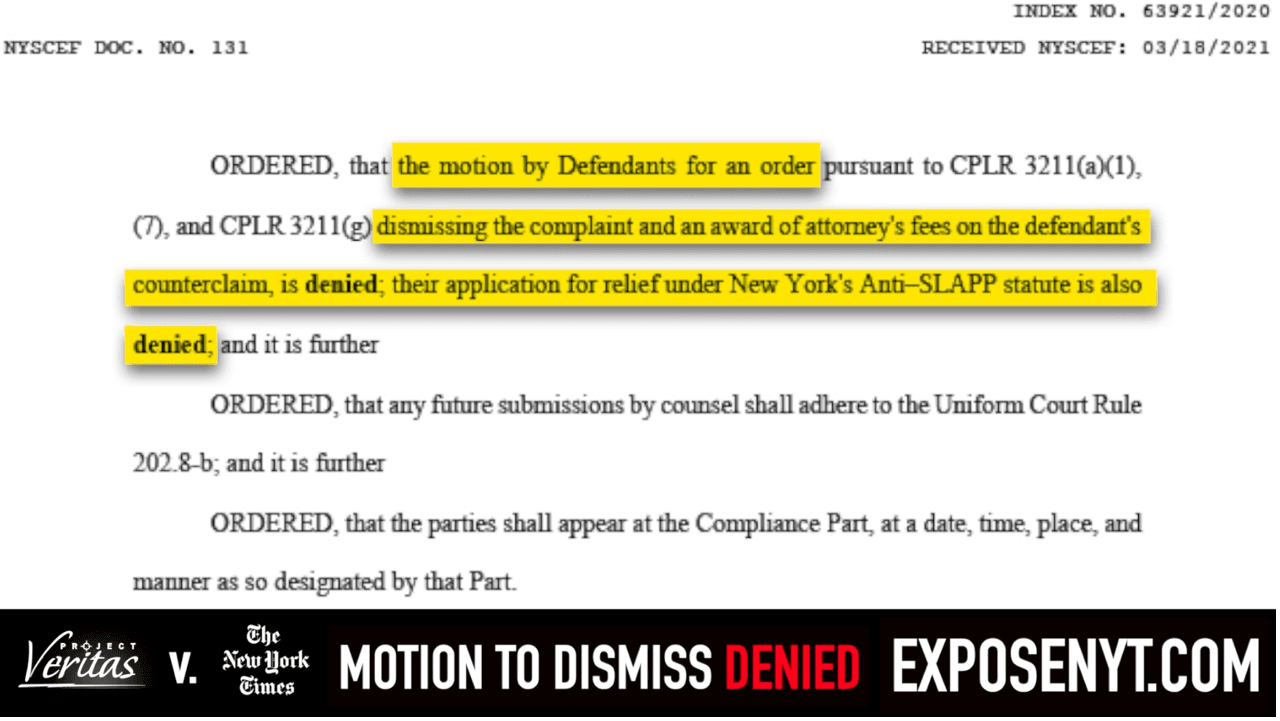
Wood also wrote in his decision, taking into account the “total context and tone of the stories,” that the actions of The New York Times could cause “harm” to Veritas’ “reputation as a media source -- because the reader may read these news Articles, expecting facts, not opinion, and conclude that Veritas is a partisan zealot group.”
O’Keefe said the ruling from the New York Supreme Court judge could act as a journalistic game-changer by raising the bar for the fourth estate, when it comes to telling the truth.
Veritas approached New York Times’ Executive Editor, Dean Baquet, to inquire as to why his outlet would cite Wikipedia as a source, and his response was to laugh maniacally rather than answer the question.
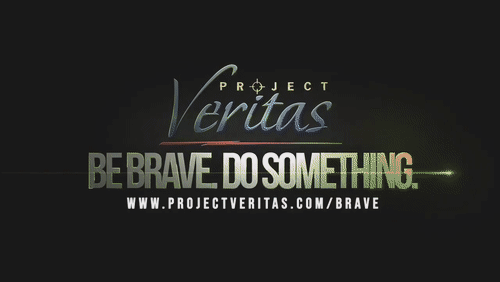
George Washington University Law School Professor Jonathan Turley credited Veritas with scoring a “major victory” with “potentially wide reach” and even said he would cite the case in the classroom when teaching his students about defamation.
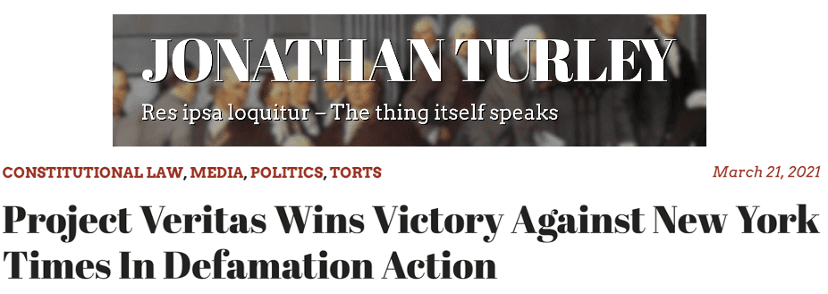
If anyone has information regarding corruption inside the media, government, or other high-powered institutions, they can send an encrypted message to: VeritasTips@protonmail.com
About Project Veritas
Project Veritas is a non-profit investigative news organization conducting undercover reporting. Project Veritas investigates and exposes corruption, dishonesty, self-dealing, waste, fraud, and other misconduct in both public and private institutions to achieve a more ethical and transparent society. Project Veritas is a registered 501(c)(3) organization.
